Before we begin, please be sure to watch these videos to gain a basic/technical understanding tanks, and what makes a tank…well, a tank. There are 10 videos in this playlist, courtesy of Wargaming America.
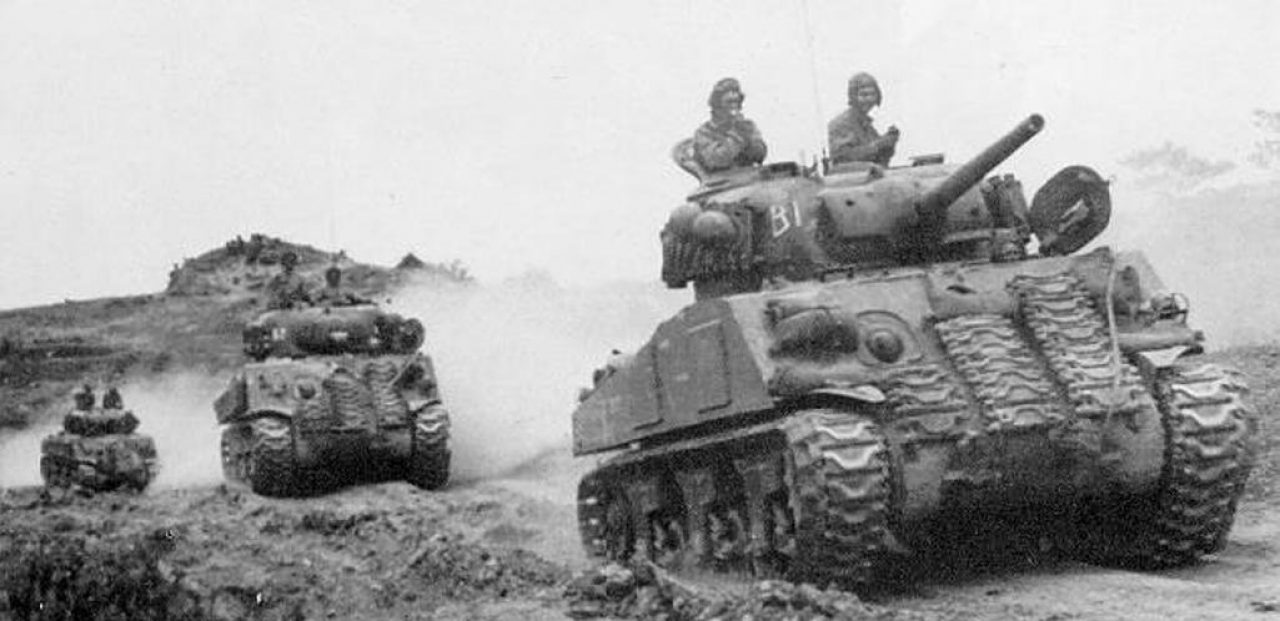
Before we begin, please be sure to watch these videos to gain a basic/technical understanding tanks, and what makes a tank…well, a tank. There are 10 videos in this playlist, courtesy of Wargaming America.
Welcome to this blog, the working plan is to use it to give an overview of the history of armored warfare from its inception during the First World War to the Second and beyond, and how the creation of the tank and its related technologies forever changed the way wars were fought.
Be warned, this is a student project so consider it accordingly.
Posts will be categorized under tags:
Main Content: The meat of the matter, where most of the research info will be compiled
Sidetracks: This is where I’ll be able to talk about or post information/video links on particular tanks that may or may not be related to the main content simply because there is not much to say. Keep an eye on it though because you might find something interesting 🙂
Just for Fun: Won’t be utilized often, but incase the tags up above don’t describe it.
The criteria?
A Self-Propelled Anti-Tank Gun (Tank Destroyer) that was light enough to be airdropped.
The_Chieftain of Wargaming America can give the technical spiel here 🙂
But seriously…that recoil is like a bucking bronco!
A crude, yet simple and effective machine, this variant is the definitive edition of the legendary T-34, armed with an 85mm.
Wargaming America’s The_Chieftain can give you the technical details
What was developed and what changed?
NOTE: Observations by the student that they remember off the top of their head.
WW1:
WW2:
Cold War/Modern Era
Tiger 131 is a Tiger I tank on display at the Bovington Tank Museum in England, it was featured in Fury as the Tiger I that attacks and destroys most of Fury’s platoon mates..
Now why is this particular tank special?
There are 2 reasons why:
Video Playlist by Wargaming Europe’s The_Challenger on Tiger 131, plus interview with the museum curator
In addition, Bovington also hosts an event called Tiger Day, where Tiger 131 and several other tanks are driven around, this video by The Mighty Jingles details 2015’s Tiger Day.
PERSONAL NOTE: Keep an eye on the Leopard 1, look at that thing move!
Ever since Fury came out I hear a lot of stuff from people who say things such as this:
“The Americans were so afraid of the Tiger that it took 5 of their Shermans to kill 1 Tiger”
or
“The Sherman was a bad tank, Death Traps said so!”
Here is Wargaming America’s Nicholas Moran on the scene with the truth, much of it derived from original documentation in archives.
Although WW1 set the foundation for tank development, it was WW2 that provided rapid innovation for much of the 20th century. Here is an overview of which of the Big 4 in WW2 had going in development and use.
Britain
The U.K. mostly stuck to the old WW1 doctrine of having 2 distinct classes of tank: Infantry tanks and Cruiser tanks.Infantry tanks were slow, but were heavily armored and armed, designed to open up holes in the enemy line. Meanwhile, Cruiser tanks were fast but lightly armored and often times lightly armed, their job was to replace cavalry and exploit any weaknesses opened up by the Infantry tanks. Aside from a few imports from the U.S., the U.K. had no actual scout tanks, most of their light tanks were built as Cruiser tanks.
Here are several examples of British tanks used during WW2 (more tanks can be found here: http://tanks.net/british-world-war-two-tanks/index.html):
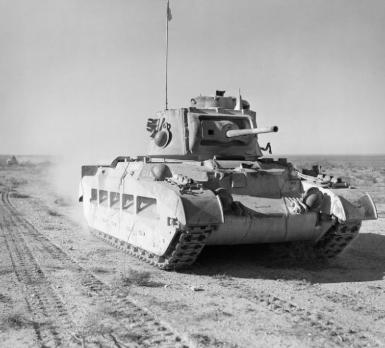
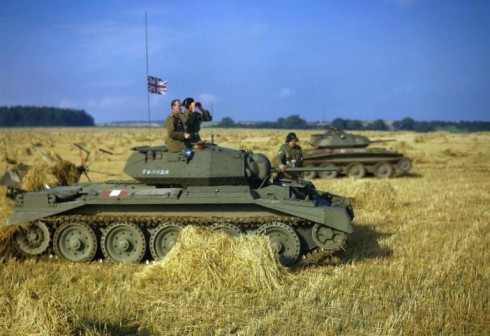
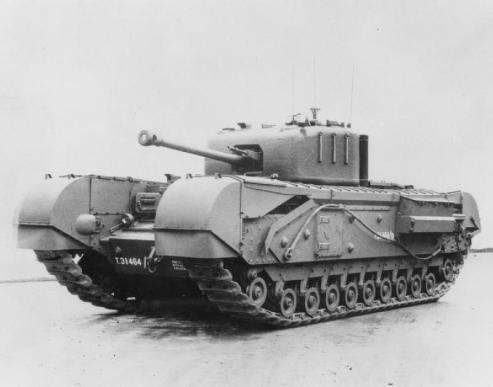
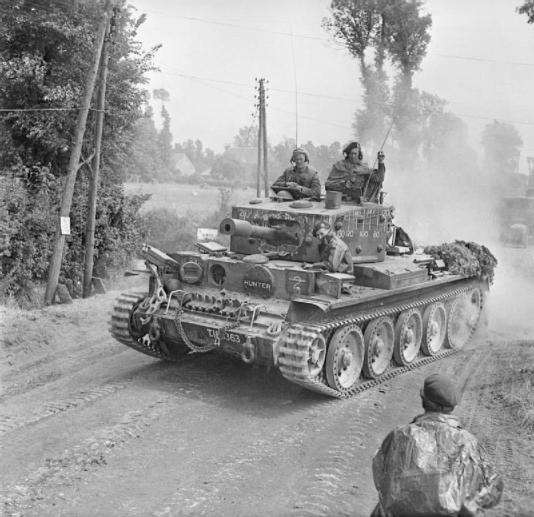
Germany
There isn’t much to say about Germany, aside from the fact that they saved some of their war-time resources by reusing their old Panzer I-III hulls as assault guns, tank destroyers, and self propelled guns. German innovation was extensive and effective–especially in the gun department–but the main thing that sunk them was that their new developments were often resource inefficient to construct and operate (with exception to the assault guns), this certainly did not help when Germany was blockaded. However, whatever they did build often performed very well, (with the exception of the Panther, more on that in a future post)
(More tanks here and on Wikipedia: http://tanks.net/german-world-war-two-tanks/index.html)
Because Germany produced so many tanks, here are just a couple of examples of German engineering:
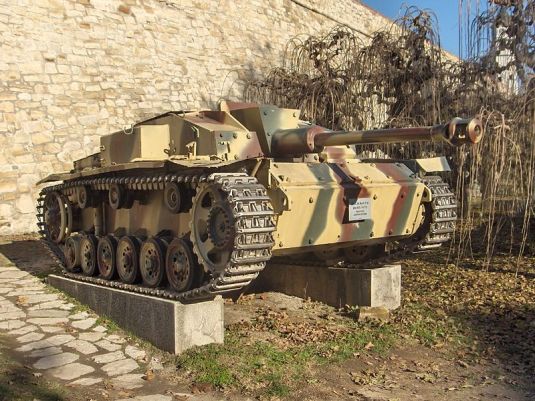
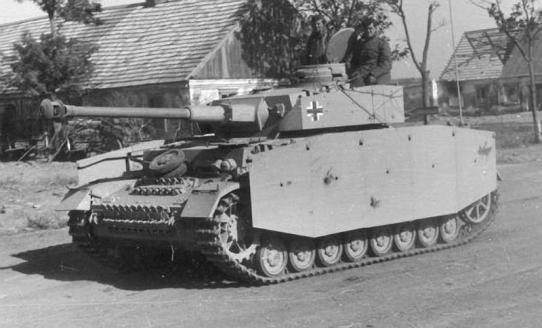
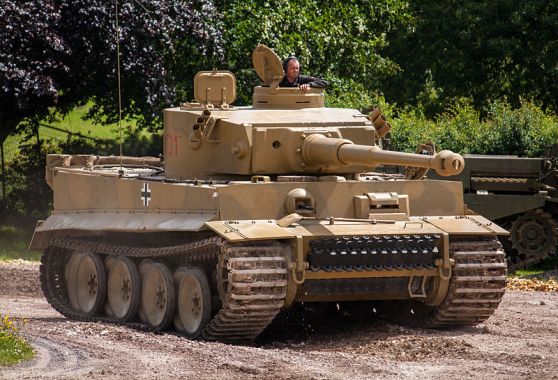
USA
The United States were a bit behind when in the tank department, but when they entered the war they produced tanks in vast numbers that could reliably hit targets while on the move, and were equipped with dual use armaments. A lot of their tanks were issued to the Allies under Lend-Lease.
Be warned that there are a lot of myths surrounding U.S. tanks, will elaborate later.
(More tanks here and on Wikipedia: http://tanks.net/american-world-war-ii-tanks/index.html)
The U.S. was particularly specialized in light and medium tanks, such as these two little beauties.
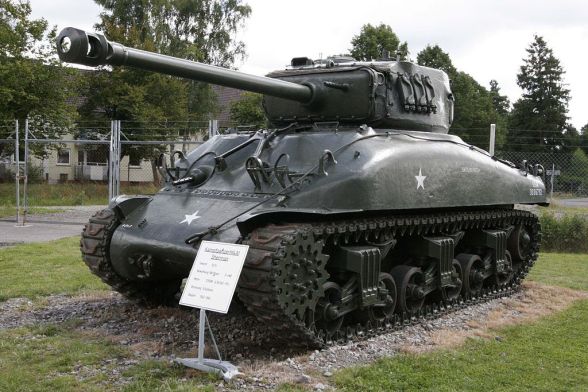
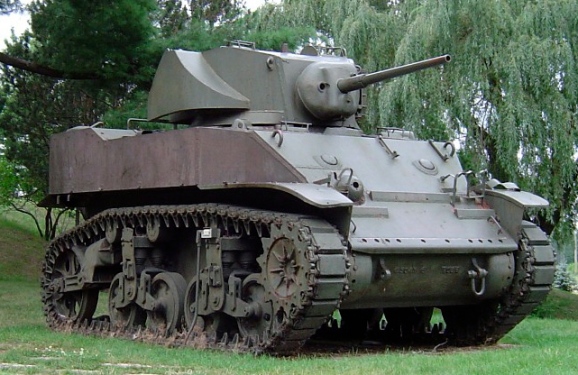
Soviet Union
Vastly underestimated by their German foes, the Soviet Union was a major player in tank warfare, their designs are crude, simple, yet effective…and could be produced in numbers rivaling U.S. Tank production. The Soviet Union’s tanks can easily be identified from which factory each individual tank came from due to small tiny variations in the tank’s construction.
(Other Soviet Tanks can be found here:http://tanks.net/soviet-union-world-war-two-tanks/index.html or on Wikipedia)
Here are 3 examples of Soviet tanks (we might talk about some of these later):
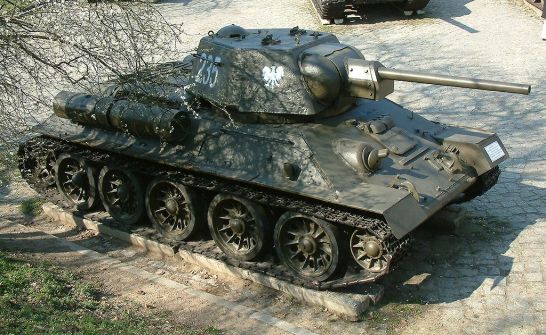
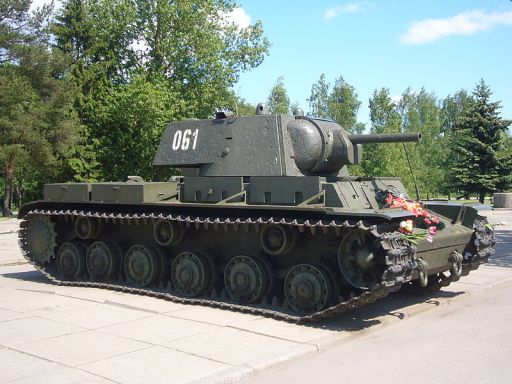
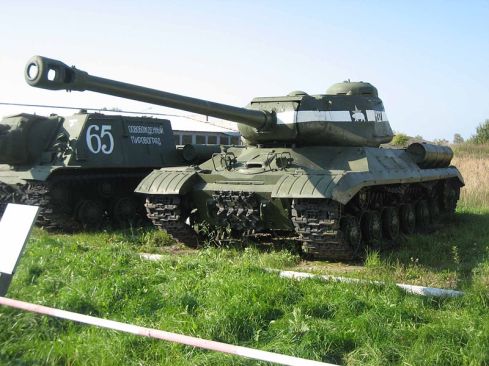
Sources used:
http://tanks.net/tank-history/tank-development-world-war-two.html
http://ww2-germanarmy.conceptbb.com/t119-sdkfz-161-panzerkampfwagen-iv
Images used from Wikipedia
A playlist of 4 video lectures by Extra Credits on the largest tank battle in history, pay very close attention to the second video.
It is not just good tank tactics that determine a battle/war, it is also development, innovation, and numbers that force the scales into favor.
Given the topic we’re about to invade, listen to this video while reading.
Germany during the time of WW1 had substandard tank production due to the fact that they were focusing on anti-tank weaponry and tactics (such as the K bullet), but still lost.
However, Germany learned from their mistake and would in 12 years re-arm to modernize the way tanks were used on the battlefield, quickly becoming a mechanized forced to be reckoned with up until US intervention.
When Hitler came to power in 1934, he violated the Treaty of Versailles by remilitarizing and occupying the Rhineland industrial region of Germany and had the factories begin to produce war material, namely tanks such as these two examples which would later serve a founding role as part of the Blitzkrieg style of warfare and would also serve as the basis for a new type of tank when their use as a conventional tank was rendered obsolete, the Tank Destroyer or Assault Gun.
These were both light tanks, and would form the initial point of the Blitzkrieg spear, supplemented by other elements such as reconnaissance vehicles, infantry, air support…even tanks from countries Germany had annexed, such as Czechoslovakia.
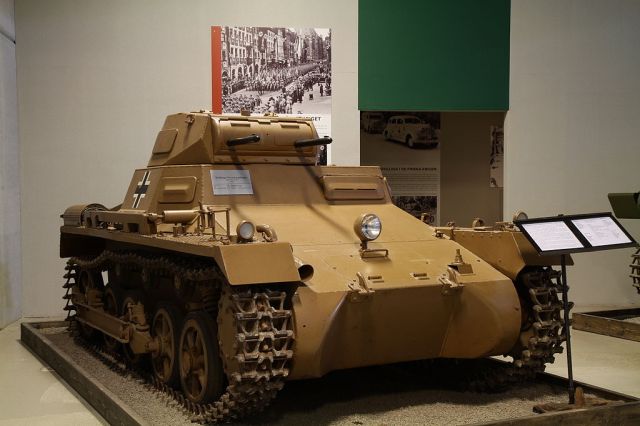
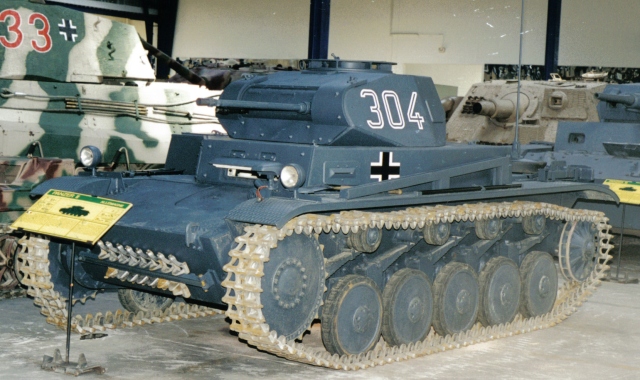
The first 3 divisions of Germany’s Panzerwaffe–the German tank regiments–were formed in 1936, and was used alongside the Luftwaffe–the German air force–as a testbed for tactics during the Spanish Civil War, when they were deployed to swat down any opposition to Francisco Franco’s rise to power as dictator. The tactics used were “shock and awe” in nature, whereby one were to attack with such swiftness and ferocity so as to quickly destabilize an enemy before they could retaliate. In the case of the Wehrmacht and Luftwaffe, the latter would quickly bomb out an area while the former rushed in with fast vehicles and heavy armor to lock down vast ranges of territory.
Much of these tactics were designed by General Heinz Guderian (pictured below), who had a vision of an army of combined arms–where all of the elements of a military, such as infantry, naval, and air forces and not just tanks, would be utilized. However, the Panzer would still serve as the primary force to perform the Blitzkrieg.
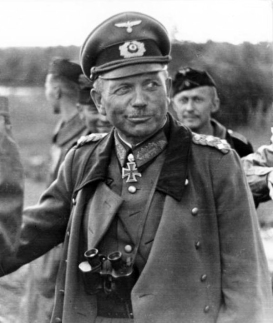
So, you may be wondering, “So how well did this tactic work early on?”
Well, here is what happened in history.
Now that I have your attention….
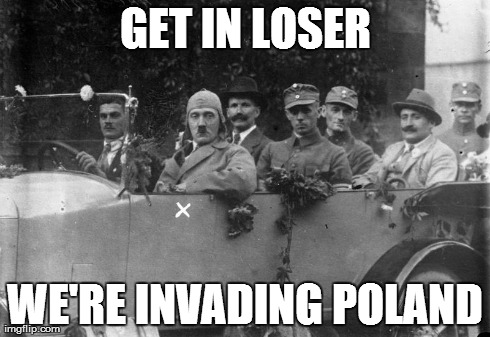
So you want to start a Blitzkrieg eh? Well take a gander at this step by step instruction on how to quickly become the most feared man/woman/entity in Europe.
How To Blitzkrieg aka “How do I start a War with Style ?”
You need to have these before hand:
Procedure:
Congratulations, you have succeeded in becoming feared in all of Europe. Let’s hope your friend doesn’t screw up the moment somewhere in Africa.
Sources used:
http://tanks.net/tank-history/tank-development-between-two-world-wars.html
http://tanks.net/tank-history/german-panzer-heydays-of-world-war-two.html
http://www.history.com/topics/world-war-ii/blitzkrieg
http://www.bbc.co.uk/history/worldwars/wwtwo/blitzkrieg_01.shtml
Some images courtesy of Know Your Meme and Wikipedia
So here’s the deal: We could be talking about WW1 tanks all up until the cows come home, and that’s not going to help us at all. Questions I’m expecting would be:
As a result of time constraints, here is a video of the Bovington Tank Museum’s WW1 exhibit, by The Mighty Jingles.
The overall mediocre success of the CA1 and the Saint-Chamond forced the French military to look for another tank to fill in the role. Specifically, they needed a tank that was light, maneuverable (by WW1 standards), and could be built in such vast quantities to the point where you can easily overwhelm the enemy with them. A man named Louis Renault, 1 of 3 brothers who helped found one of France’s premier automobile companies, stepped up to the plate. The result as seen below.
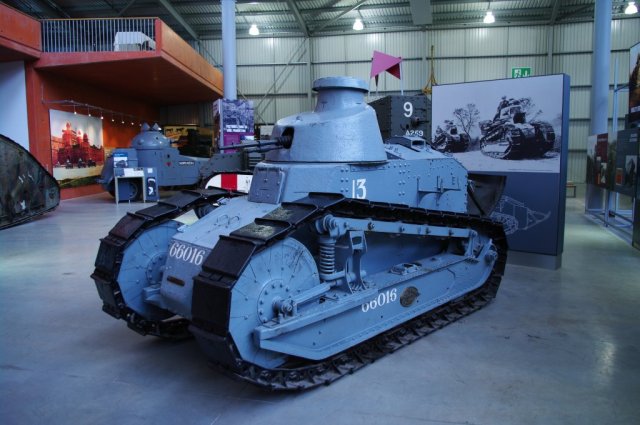
The Renault FT was designed by Renault Auto Group (The same car company still exists today), and forever revolutionized the way tanks were setup and built.
So how is this tank considered revolutionary? Well, consider the layout below:
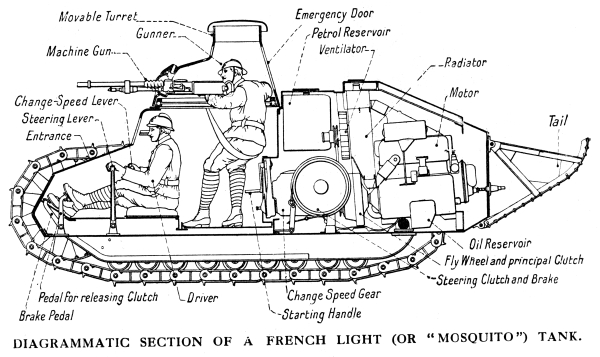
Here is a video lecture by David Fletcher at the Bovington Tank Museum:
Satisfied, the French army first deployed this tank in 1918 at the battle at Forêt de Retz and took part in all French fighting during and up to the end of WW1. Over 3,000 of Renault FTs were built, many more licensed and unlicensed copies were built by countless countries after the war, the tank saw service to as far as 1948 by the Egyptians in the Arab-Israeli War. The tank’s layout and design was quoted by one historian as “the first modern tank”, because it influenced all tank development even to this day.
In the US, a licensed modified copy of the Renault FT (known in US armories as the M1917) formed the basis of the US armored force in WW1 (because we did not have any tanks and were severely under-equipped), with 4,440 ordered but 950 produced.
There was one captain in the US military who believed that the tank would never be a thing, during WW1 he became the leader of the first US tank corps operating M1917s and would later distinguish himself as a general in WW2 as a tank commander, and his nickname was Old Blood and Guts.
Still don’t recognize him? It was George S Patton.
Another video for your leisure by R. Lee Ermey (Keep an eye on the video at 2:35 to 11:37)
Sources used:
http://tanks.net/world-war-one-tanks/renault-ft-17-light-tank.html
http://tanks.net/tank-history/world-war-one-french-tanks.html